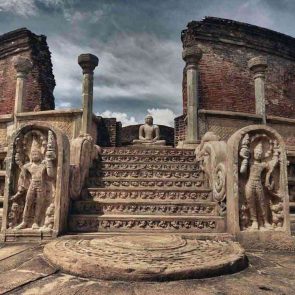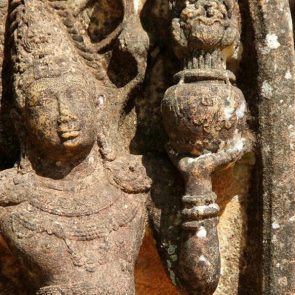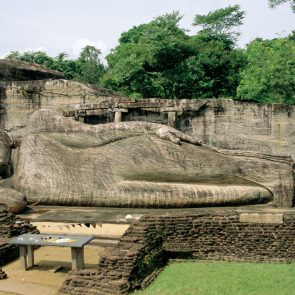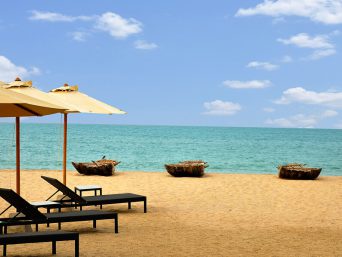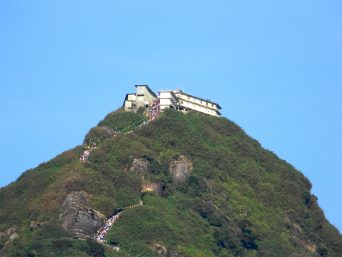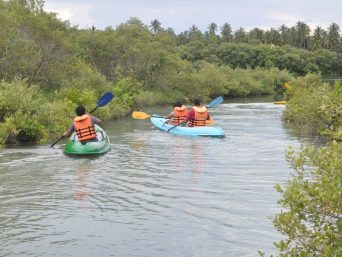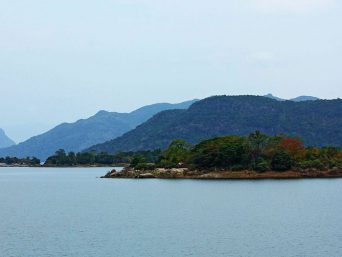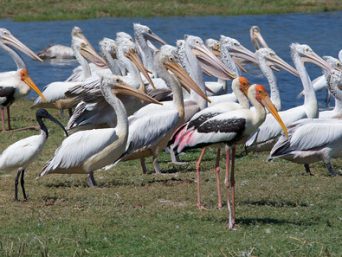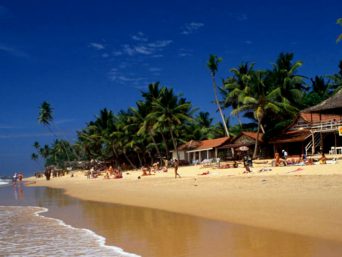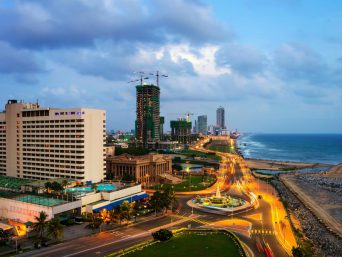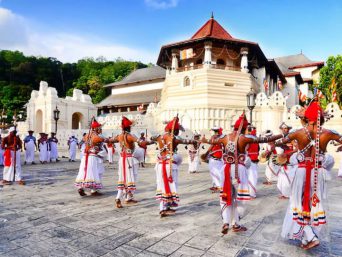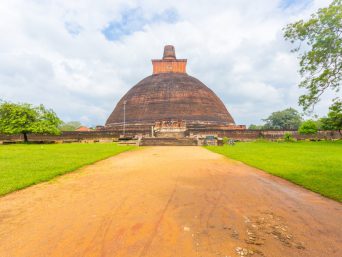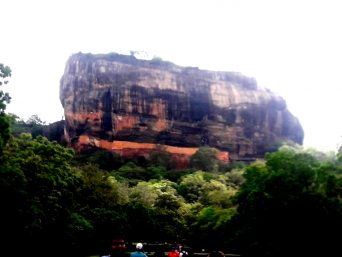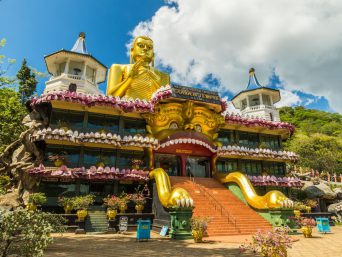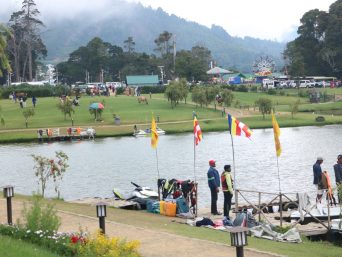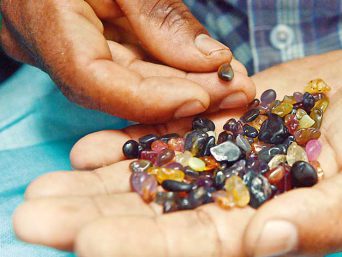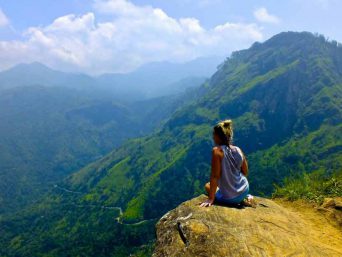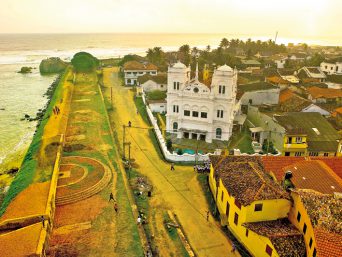Polonnaruwa – The Medieval Capital
Polonnaruwa, was the medieval capital of Sri Lanka from the 11th – 13th Century and rose to fame after the decline of Anuradhapura in 993. It was declared the second capital of the island by King Vijayabahu 1 who defeated the Chola invaders in 1070 to reunite the country over again after the fall of Anuradhapura. It is the second largest city in the Northern province of Sri Lanka. The ancient city of Polonnaruwa is a perfect blend of the influence of South Indian Hindu culture over the Sinhala Buddhist art and architecture, by the shrines and monuments scattered in this site. Some of the interesting ruins are the Kings council chamber, the floral stone pillars of Nissanka Lata Mandapaya, The Royal Citadel, Kumara pokuna (Baths), The Thuparamaya with its original vaulted roof, the exquisite circular Vatadage relic house, lavished with moonstones and sculptured railings, rock carvings, colossal statues of the Buddha and the Gal Vihare. The sculptures are the glory of Polonnaruwa. According to history, It was during the reign of King Parkramabahu I, that the Parakrama Samudra, which is one of the largest man made inland lakes in the world was built. It was also called “the Sea of Parakrama” owing to the waves that play on its surface due to its immense size. The King was adamant that no drop of rain water falling from the heavens should flow into the sea but instead built the irrigation systems to collect rainwater by flowing into the Parakrama Samudra lake. This water was also diverted to water the city and towards the development of the land for the cultivation and production of rice and other crops. Polonnaruwa is declared as a UNESCO World Heritage Site.

